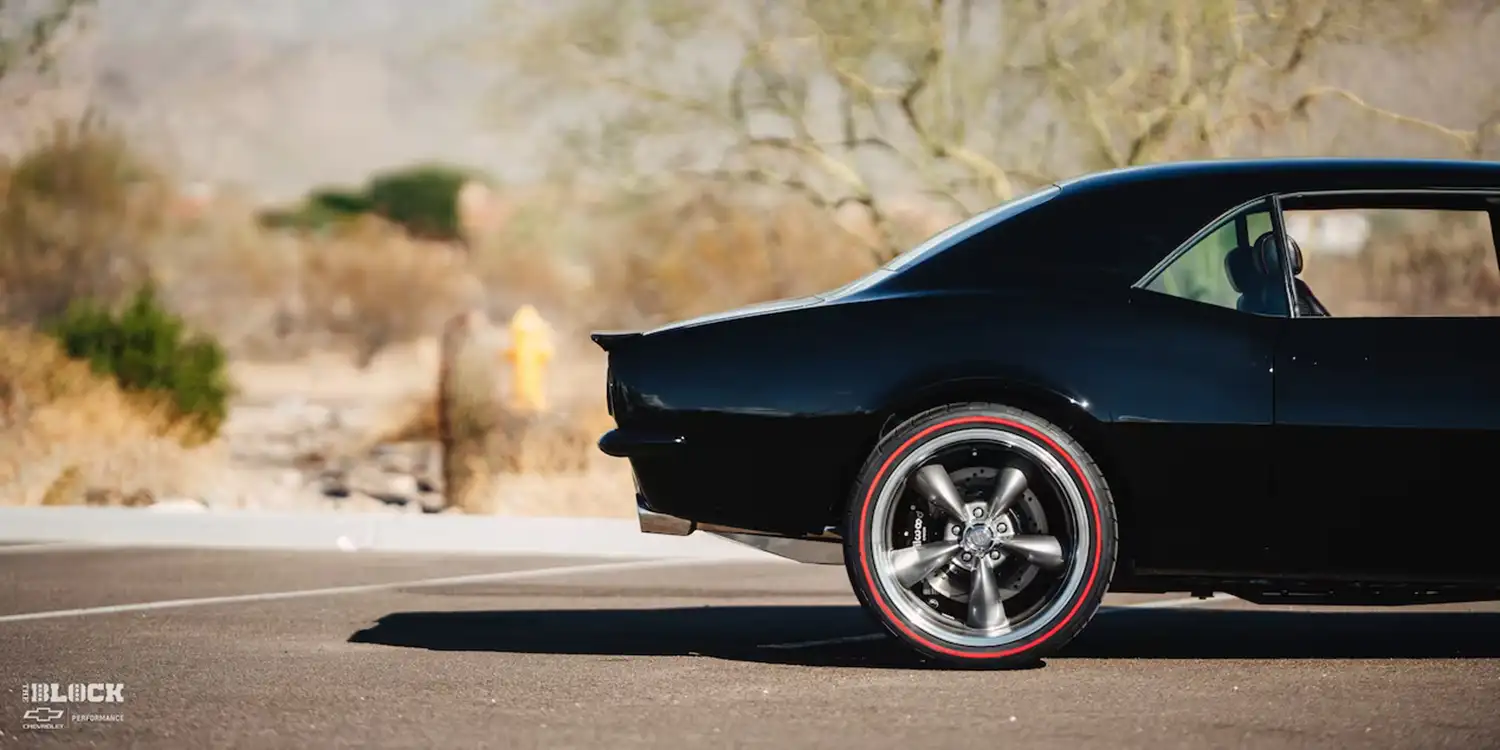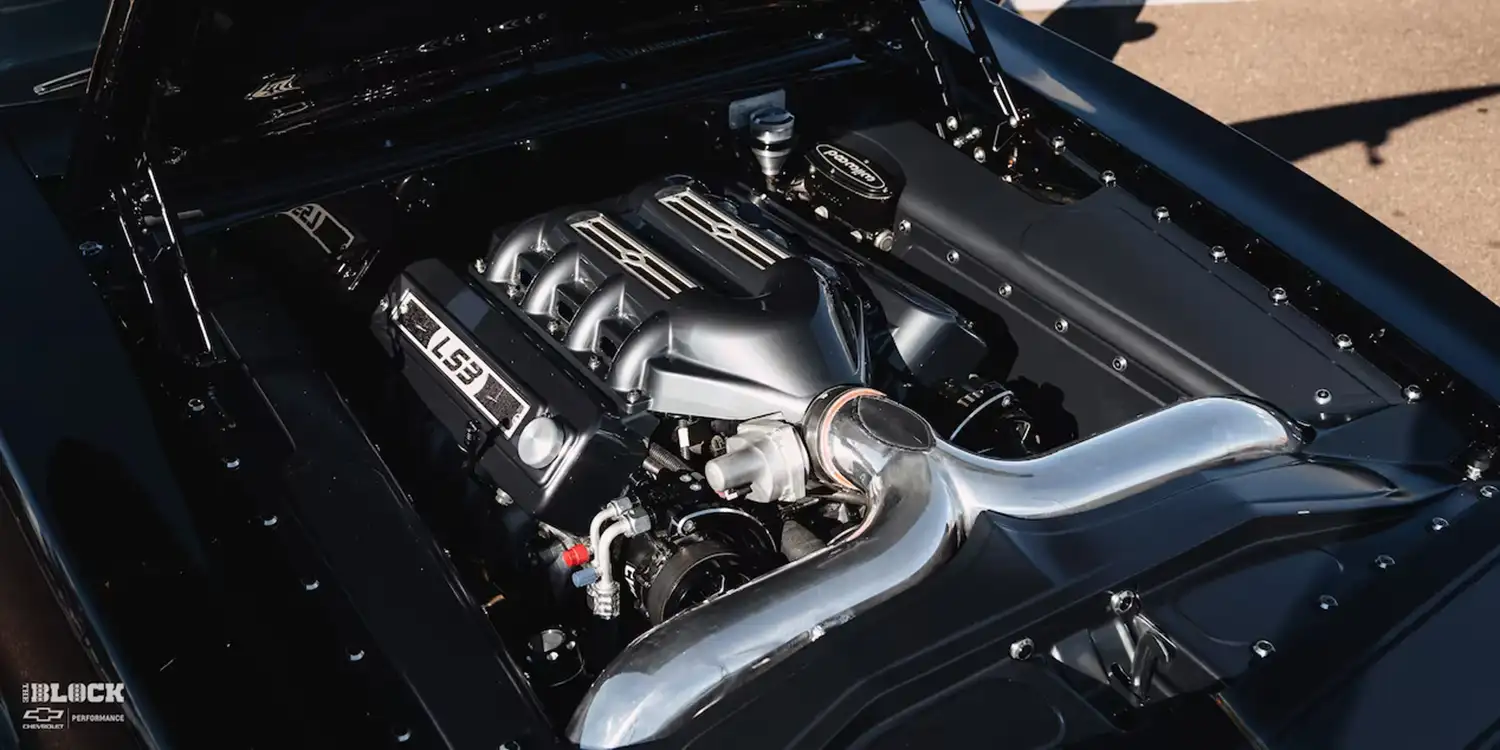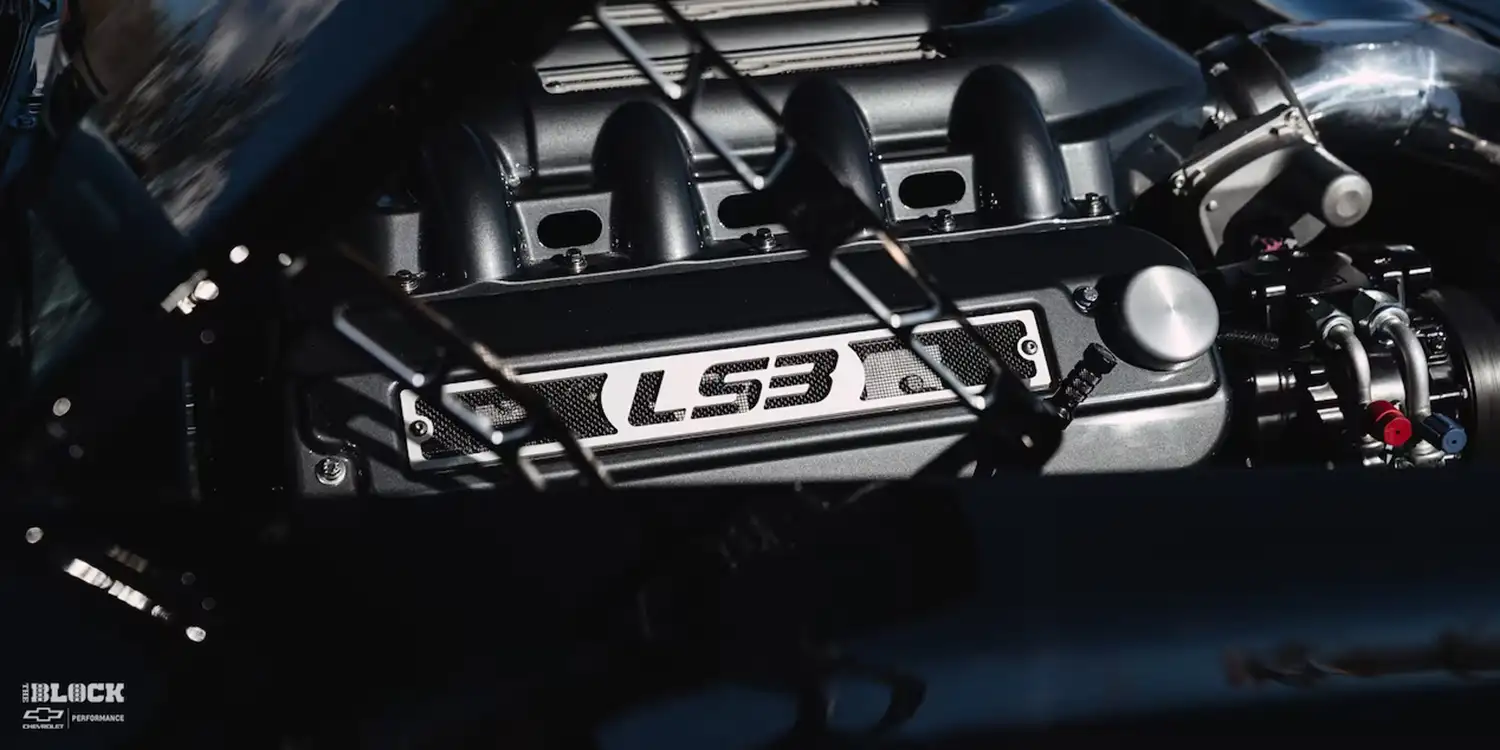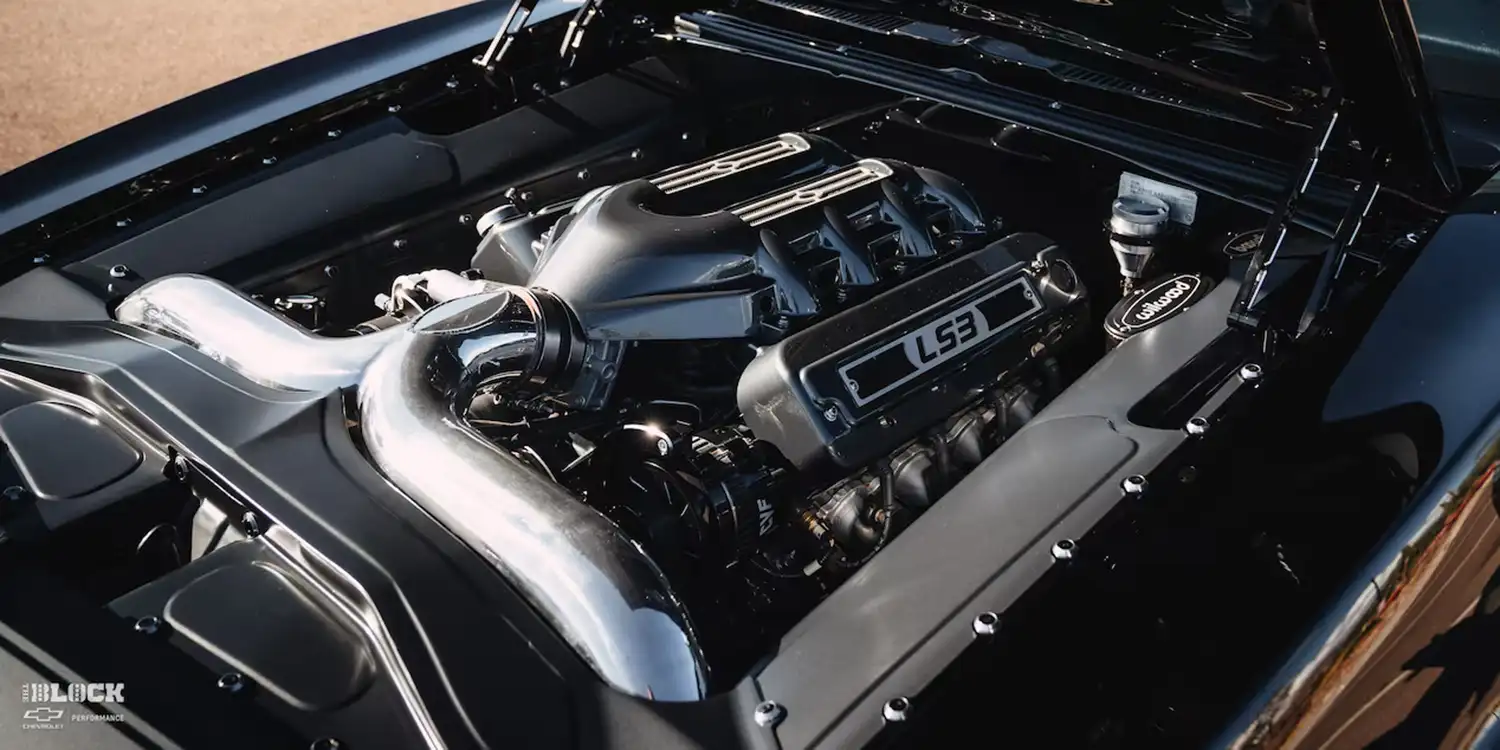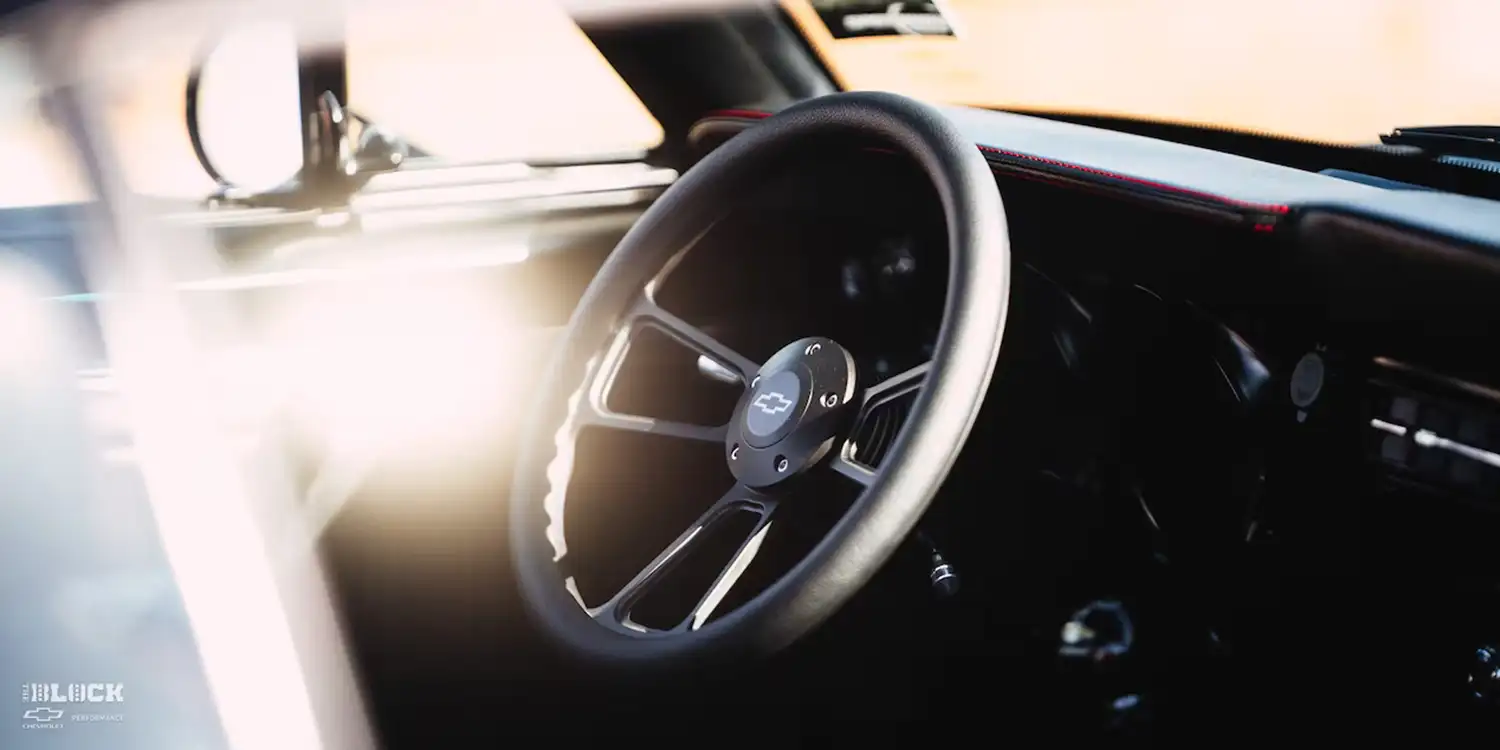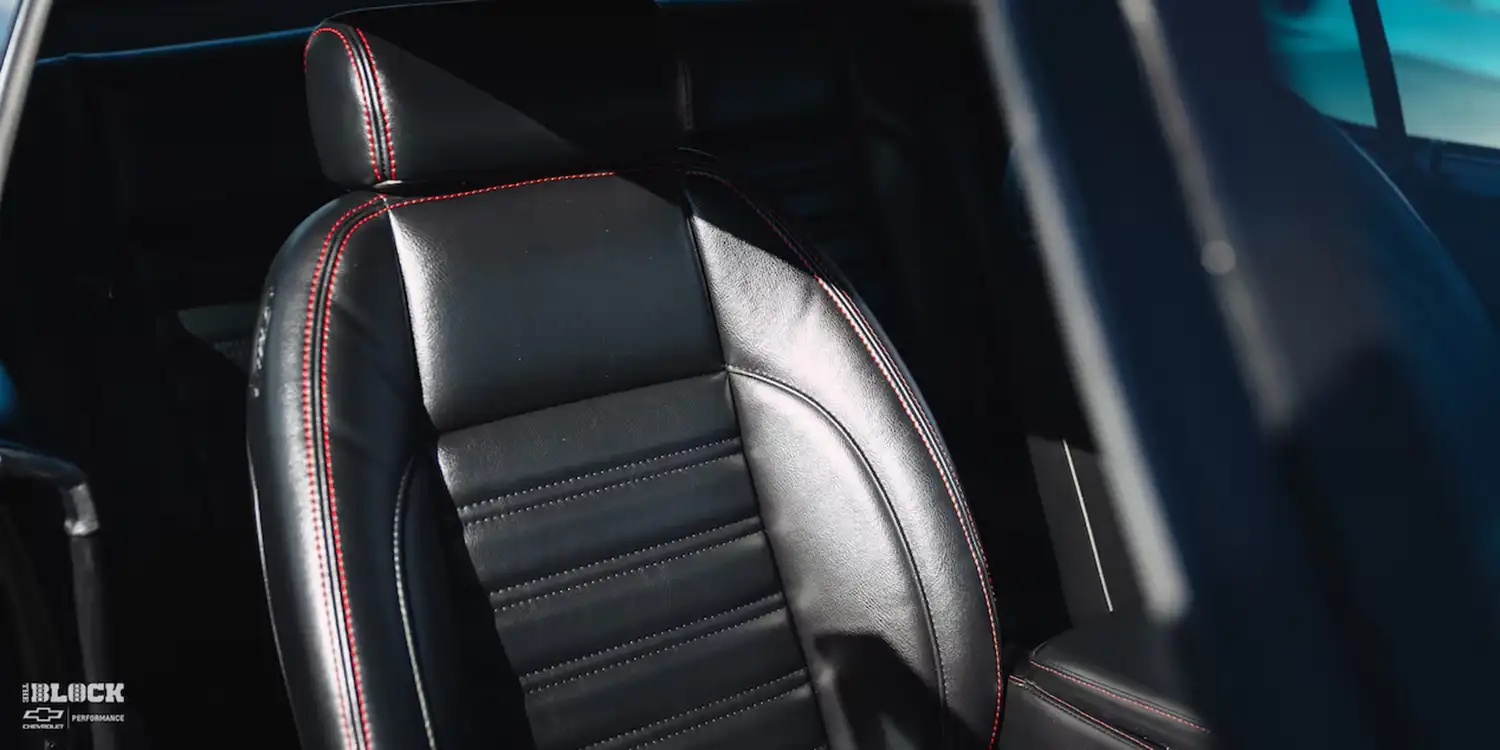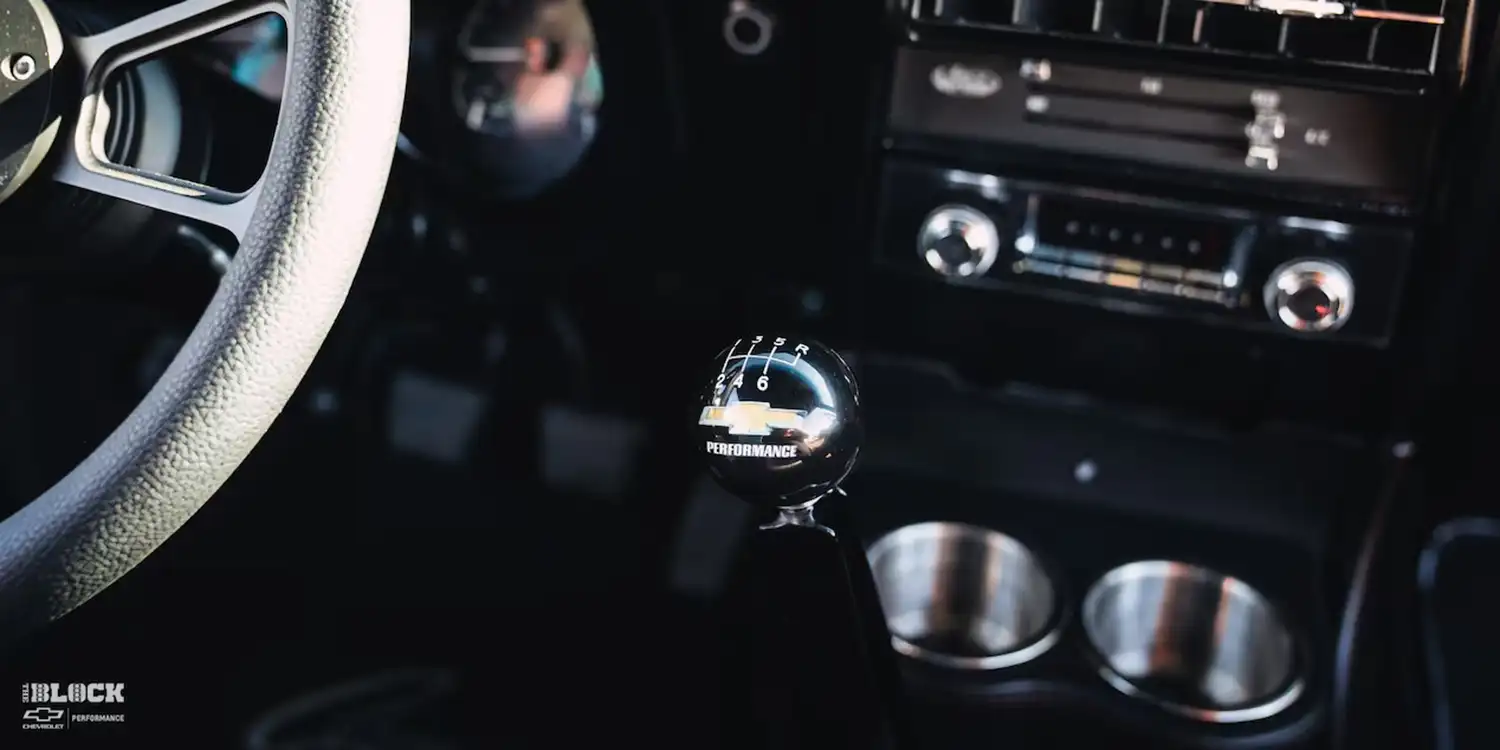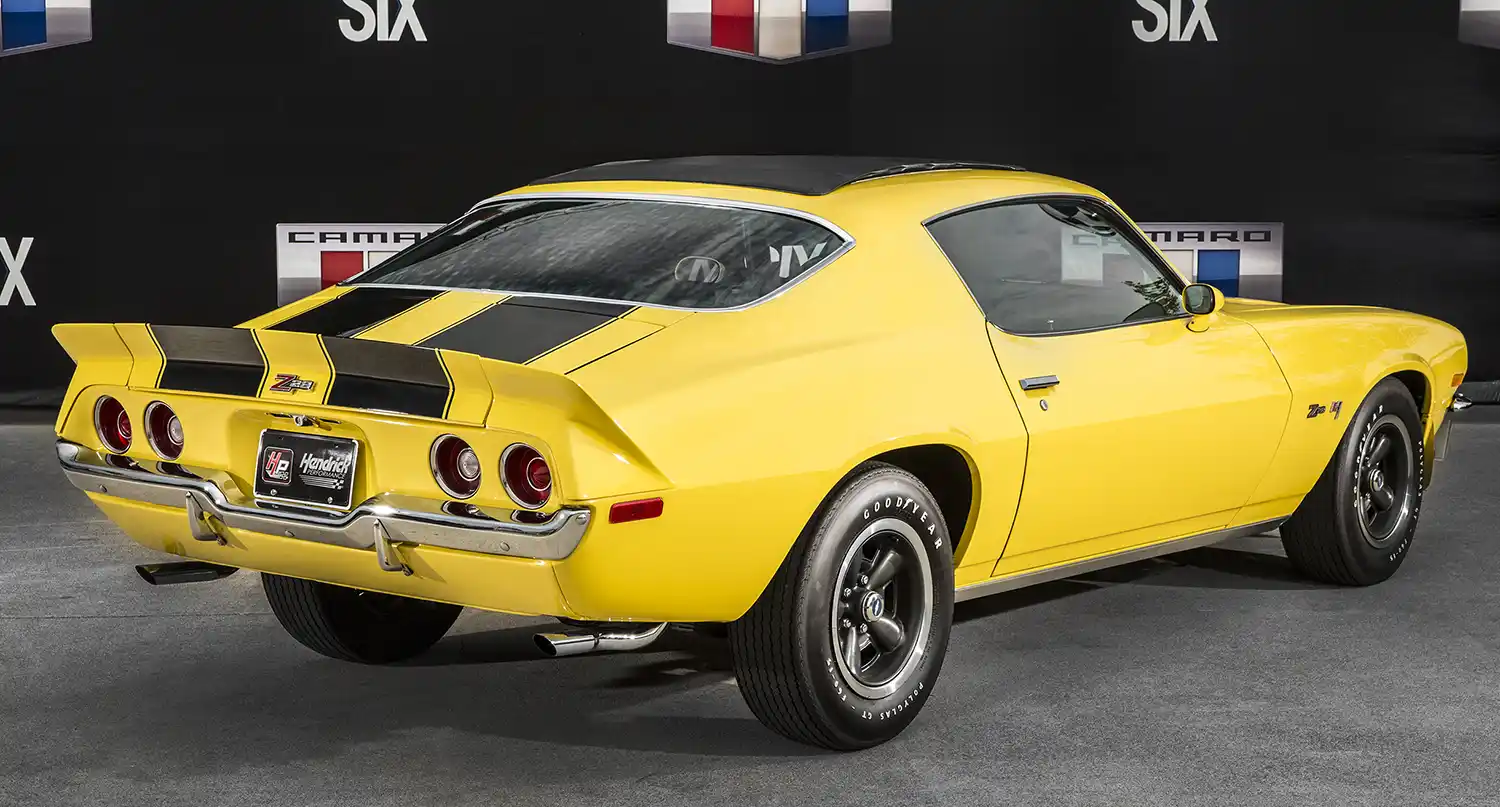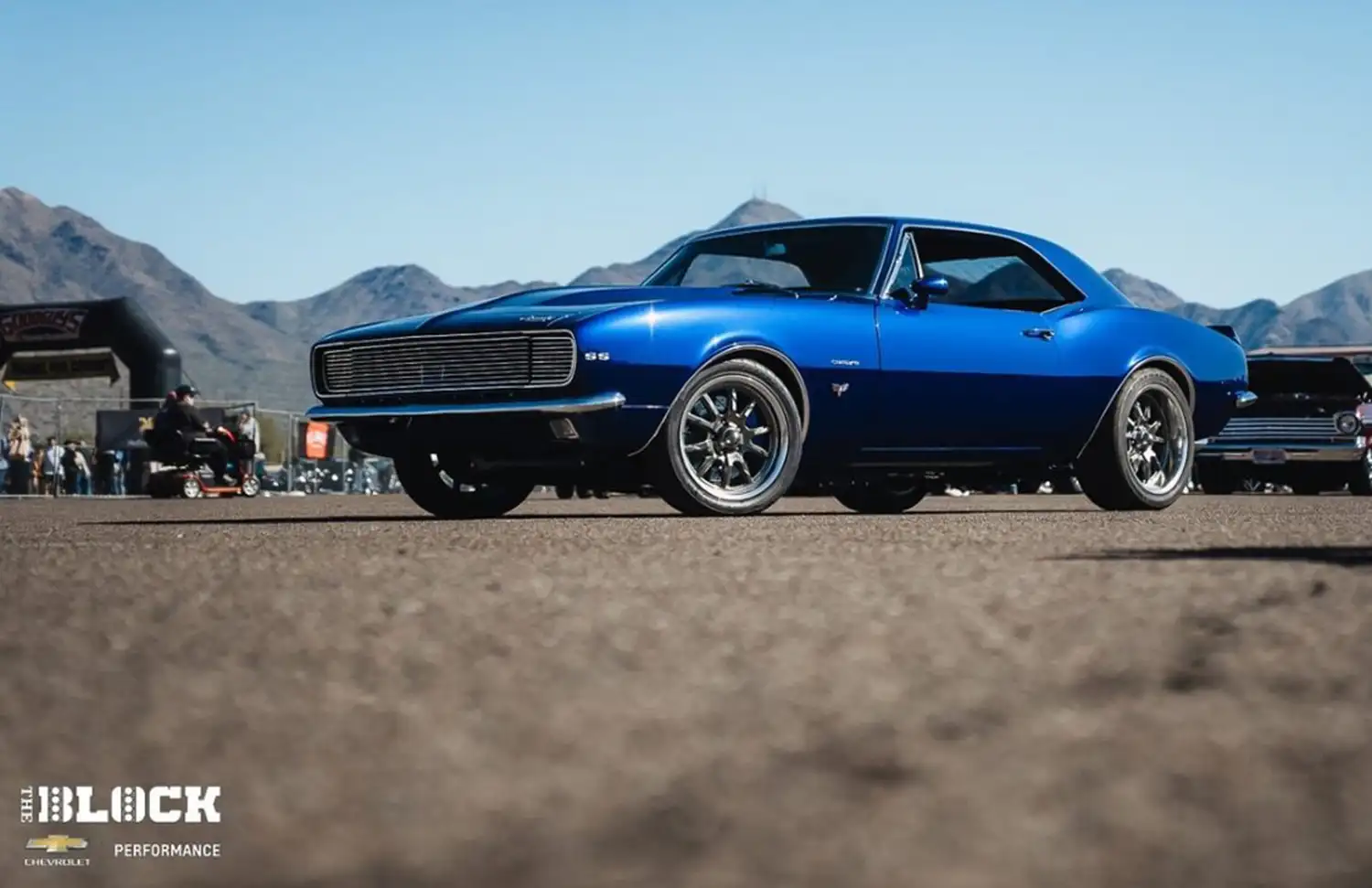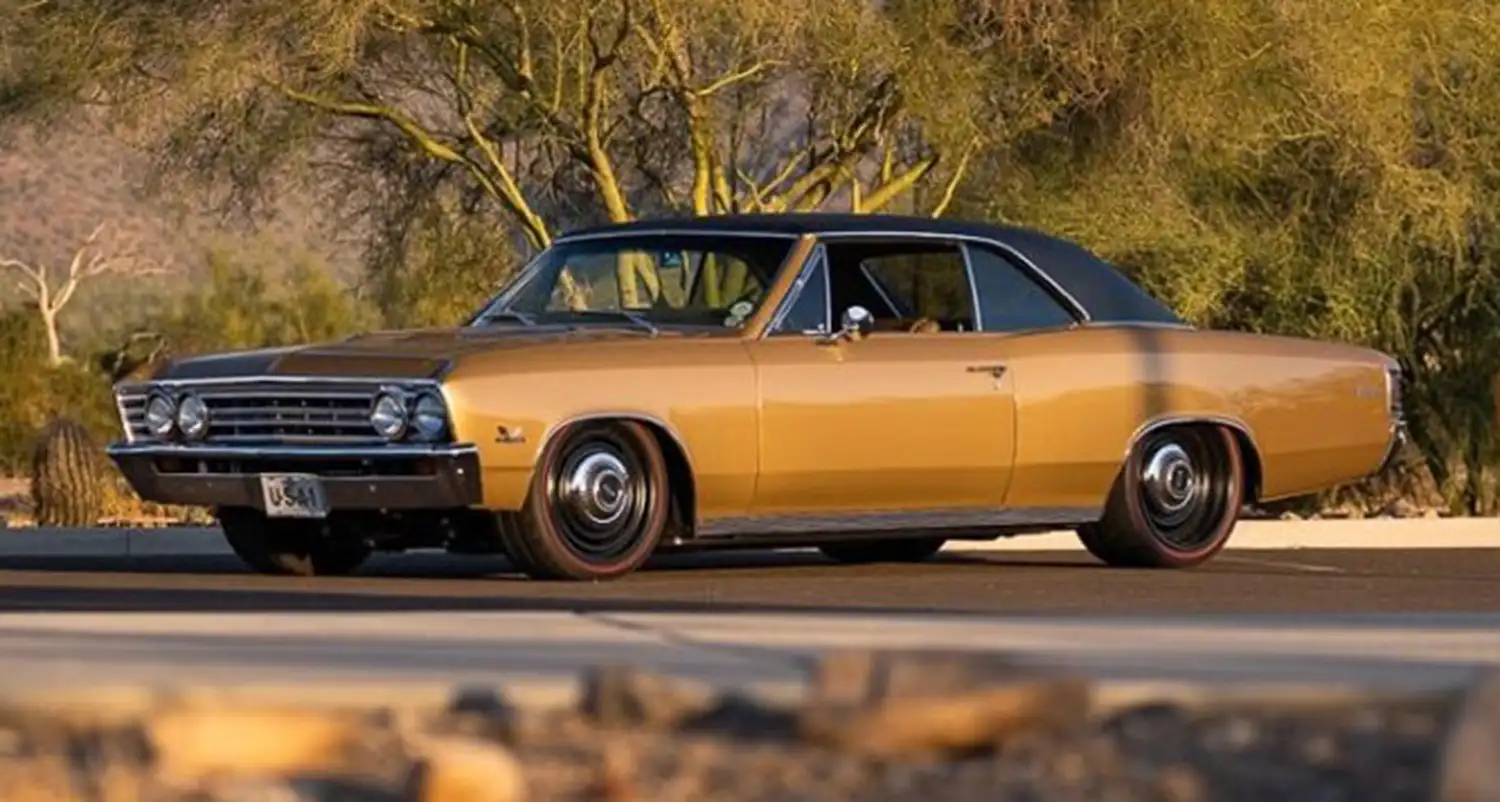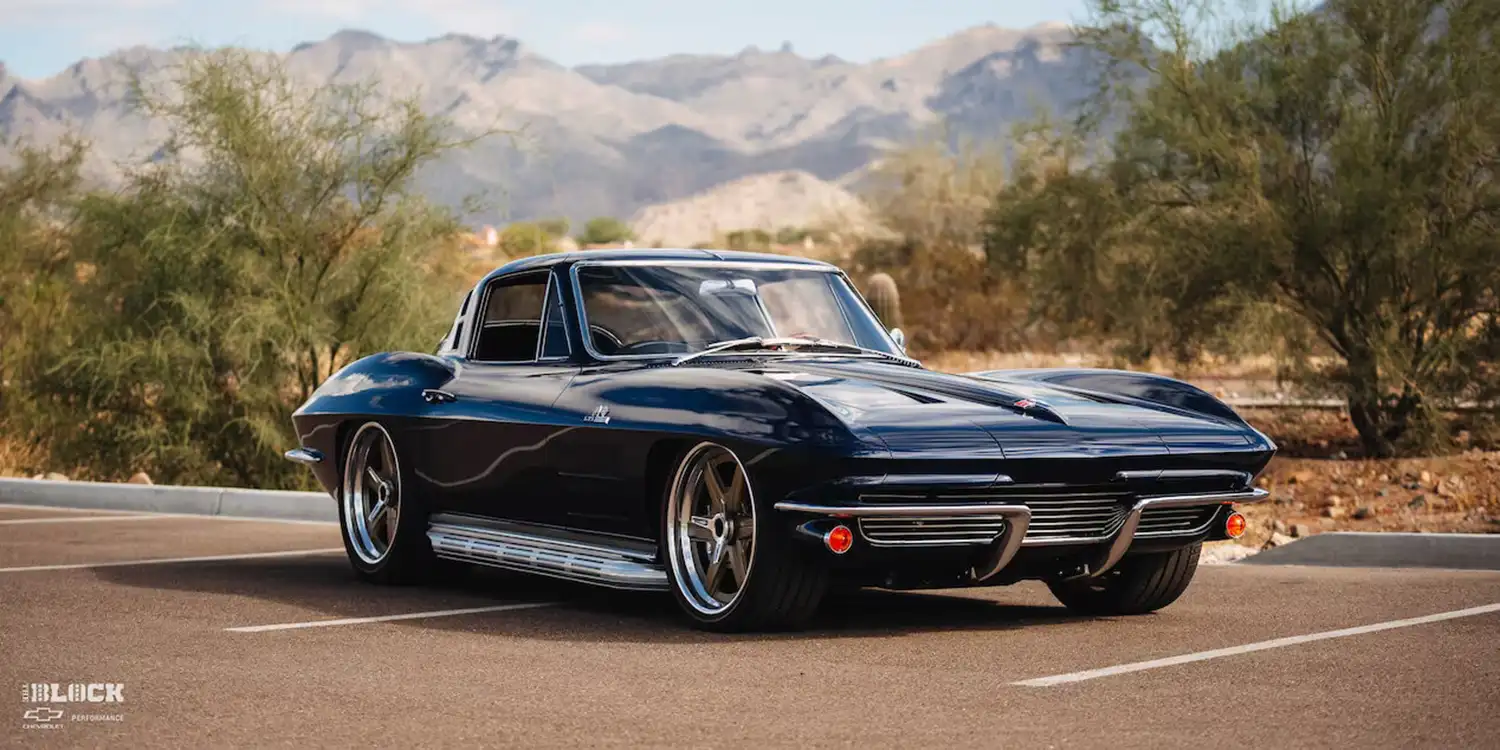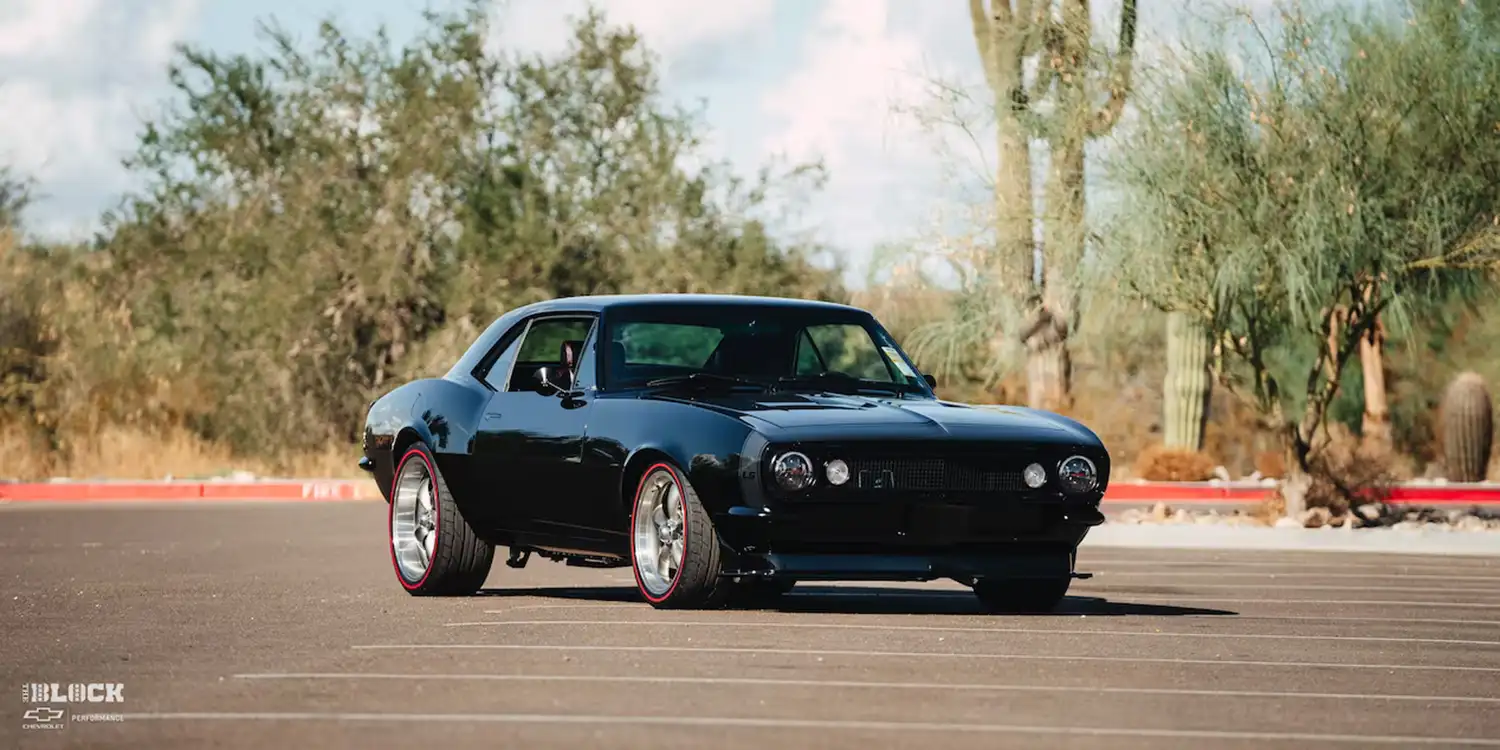
Troy Schindler had a clear vision for his 1967 Camaro, but he couldn’t truly showcase it until he built it. “It’s something that I could picture in my head, but I couldn’t draw it on paper,” he explained during November’s Goodguys Speedway Motors Southwest Nationals in Scottsdale, Arizona. The result of his creative vision is the stunning black Camaro, aptly named “Black Haze.”
Schindler, born and raised in Lewistown, Montana, and now residing in Great Falls, operates T&C Collision Center. The shop primarily focuses on insurance work but also takes on performance projects. With a background in his father’s body shop, Schindler gained extensive knowledge in car building, a passion he’s passing down to his son, Camryn, who joined him at the Goodguys Scottsdale show.
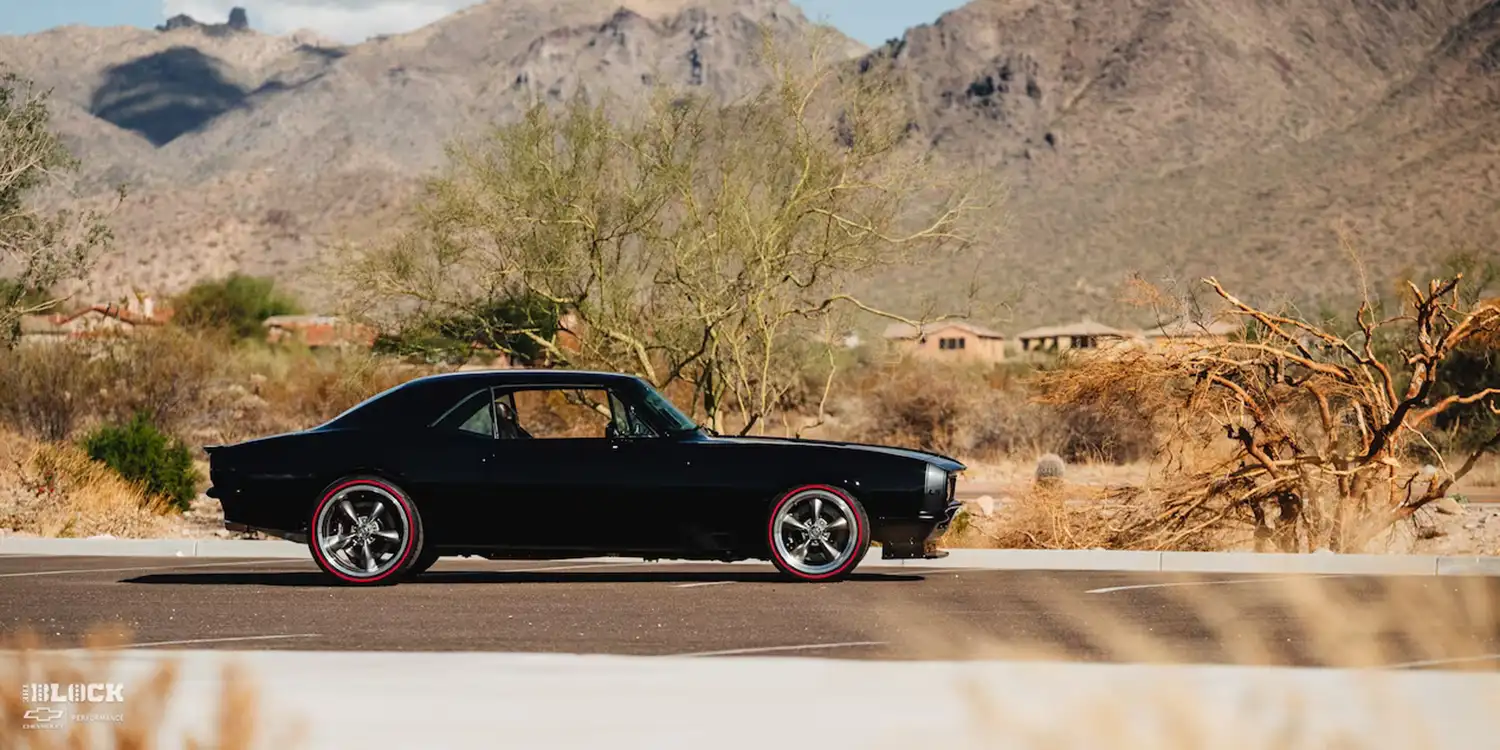
Schindler acquired the Camaro from his father 15 years ago and spent around six years working on it in his spare time. Originally a simple first-generation Camaro from Montana, Schindler transformed it into a unique masterpiece with a modern Chevrolet Performance Connect & Cruise Crate Powertrain System and a custom-designed chassis.
The Camaro features Chevrolet Performance’s LS376/480 crate engine, boasting 495 horsepower and 473 lb-ft of torque, thanks to its racing-inspired LS Hot Cam. The engine is paired with a Super Magnum six-speed manual transmission, creating a powertrain setup reminiscent of how General Motors might have built the car 60 years later.

“I love the horsepower and it’s a plug-and-play setup,” Schindler said about the Connect & Cruise option. “It comes from GM already dyno’d and tuned, so it’s pretty easy. The performance is awesome. I’ve had a lot of old cars with old engines and the oil leaks and the transmissions leaks. I kind of wanted to build something that was more modern, with air conditioning and power windows, that was more reliable.”
To match the modern powertrain, Schindler enlisted Gary Forster of Gary’s Chassis to design and build a new chassis. The setup includes chromoly front control arms, a four-link rear suspension, a Ford nine-inch rear end with 4.11 gears, QA1 coilovers on all four corners, rack-and-pinion steering, and 14-inch Wilwood brakes. Schindler also custom-fabricated elements of the car, including a one-off custom hood with 3D-printed components and a stainless fuel tank.
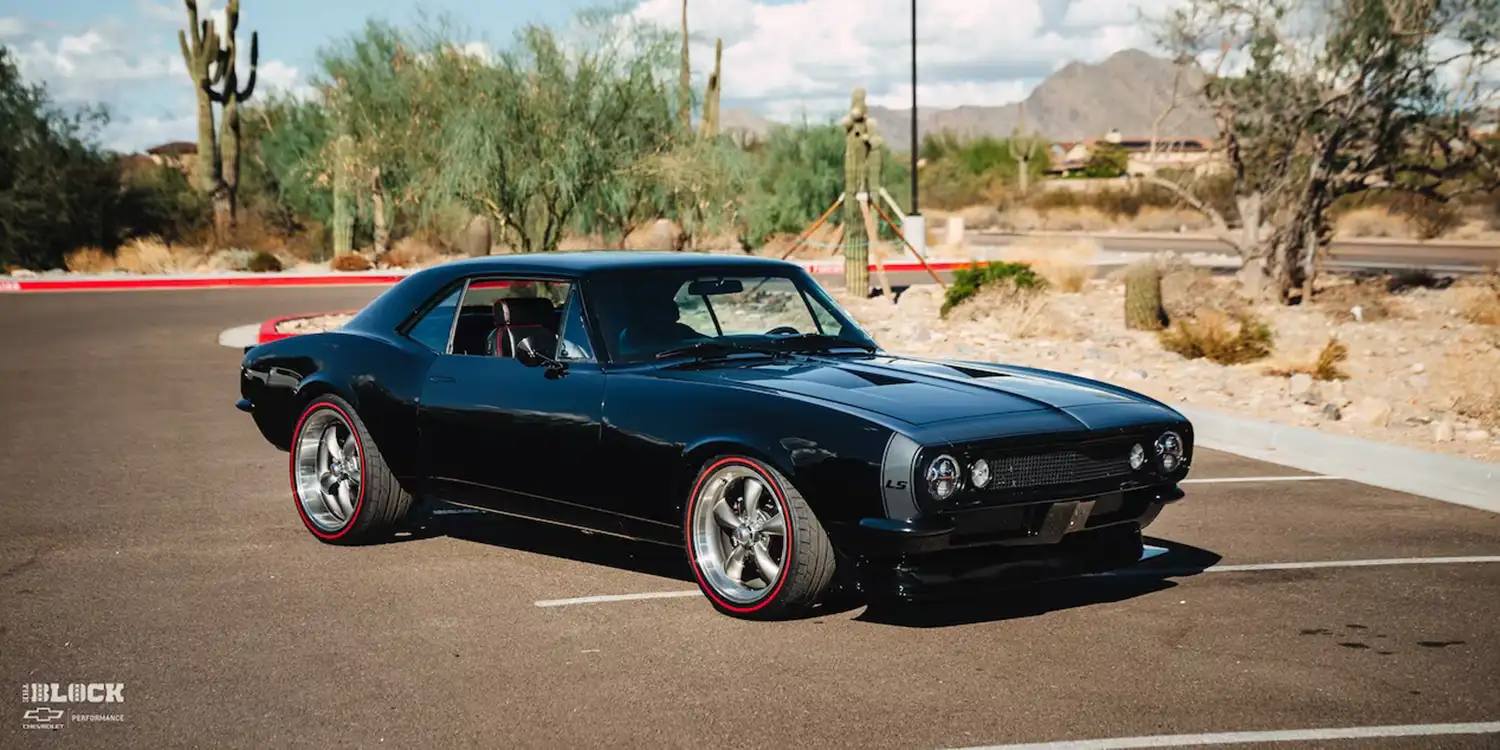
The Camaro, originally blue, was repainted in Sherwin-Williams black paint with five layers of clear coat. The engine and transmission are painted in gloss silver to match the exterior stripe, while the inner fenders are done in semi-gloss for contrast. Blacked-out trim, Kindig-It Design flush door handles, LED lights, sequential taillights, and custom “LS” badges on the front fenders contribute to the car’s sleek, modern look.
Inside, the Camaro features a TMI interior with red stitching, Dakota Digital gauges, a Vintage Air air-conditioning system, ididit steering column, a hand-fabricated center console, and a Bluetooth Custom Autosound audio system with Rockford Fosgate speakers. Modern conveniences like power windows, power door locks, and a power trunk are also included.
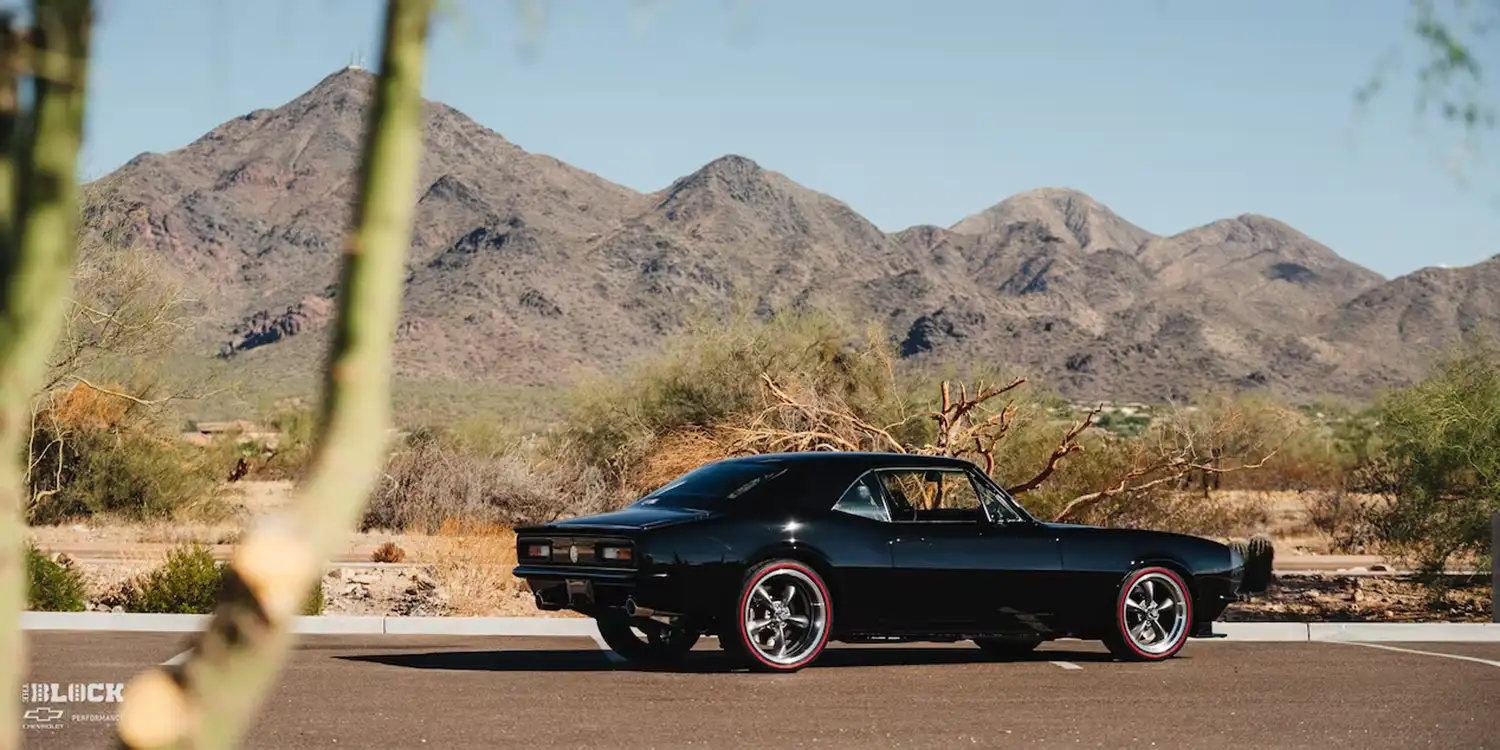
Schindler’s affinity for Chevrolet vehicles is evident, having previously owned three 427-powered Impala SS models. This Camaro is his first, but it certainly won’t be his last. His son, Camryn, is currently working on his own 1980 Chevrolet C10 stepside pickup, painted black to match his father’s Camaro.
The Schindlers have already taken their Camaro to several shows, winning the “Best Engine” award at Rumble in the Bay in Bigfork, Montana, and the fall Goodguys Scottsdale event. They plan to take the Camaro to the SEMA Show and on the HOT ROD Power Tour in the future.

With his vision realized and LS3 crate engine power under the hood, Schindler’s 1967 Camaro “Black Haze” is set to turn heads and inspire wherever it goes.
- Engine: Chevrolet Performance LS376/480 crate engine
- Horsepower: 495 HP
- Torque: 473 lb-ft
- Camshaft: LS Hot Cam
- Transmission: Super Magnum six-speed manual
- Torque Capacity: 700 lb-ft
- Original Engine: 327 cu.-in. Small-Block
- Original Transmission: Three-speed manual
- Performance: Factory-matched and dyno’d by Chevrolet Performance engineers
- Chassis: Custom-designed by Gary Forster, includes chromoly front control arms and a four-link rear suspension
- Rear End: Ford nine-inch with 4.11 gears
- Suspension: QA1 coilovers on all four corners
- Steering: Rack-and-pinion
- Brakes: 14-inch Wilwood brakes
- Fuel Tank: Stainless steel
- Exhaust: One-off stainless exhaust system with electronic cutouts and Borla mufflers
Source: Chevrolet/The-Block
This Article use tools from Chatgpt
